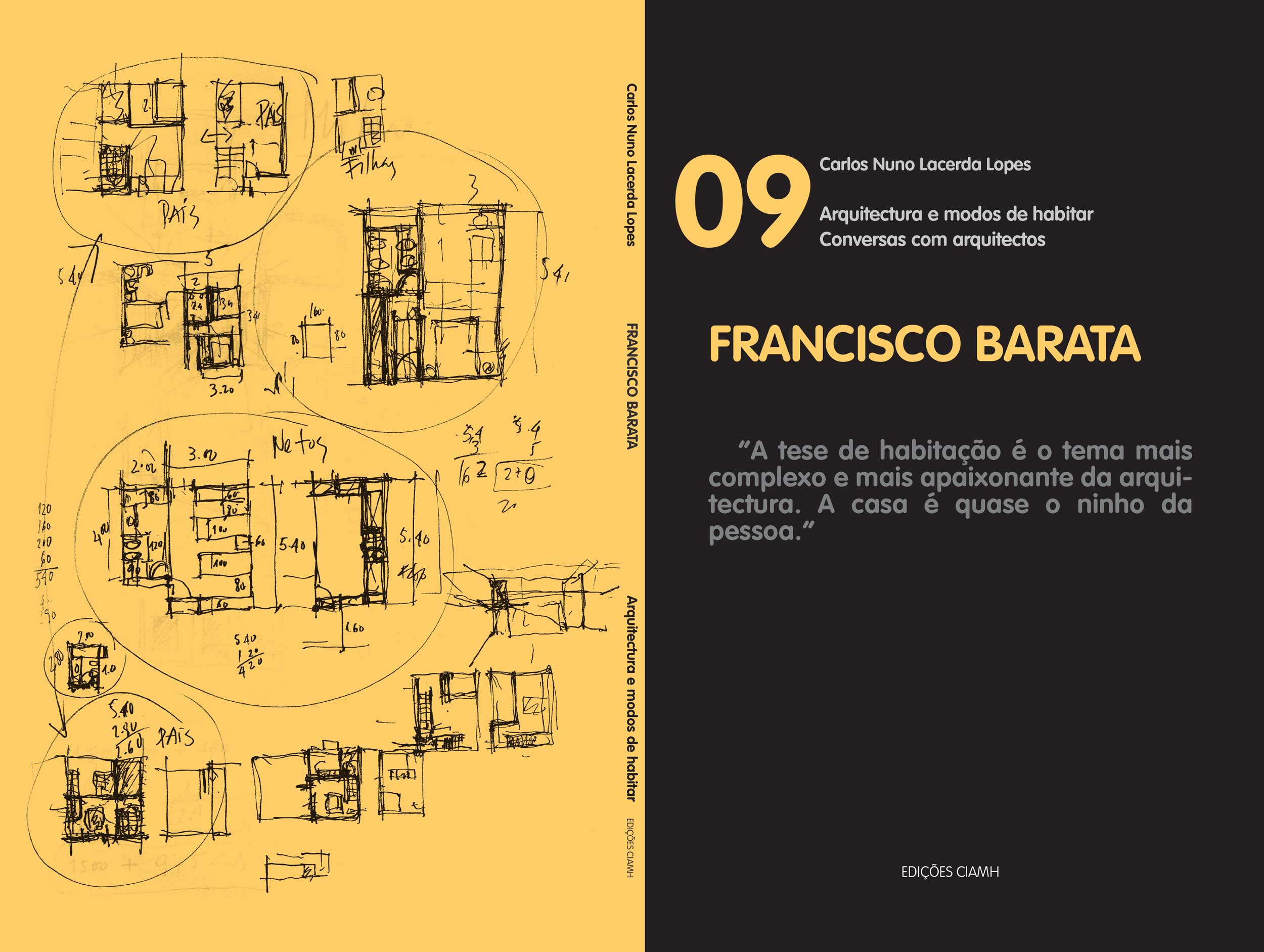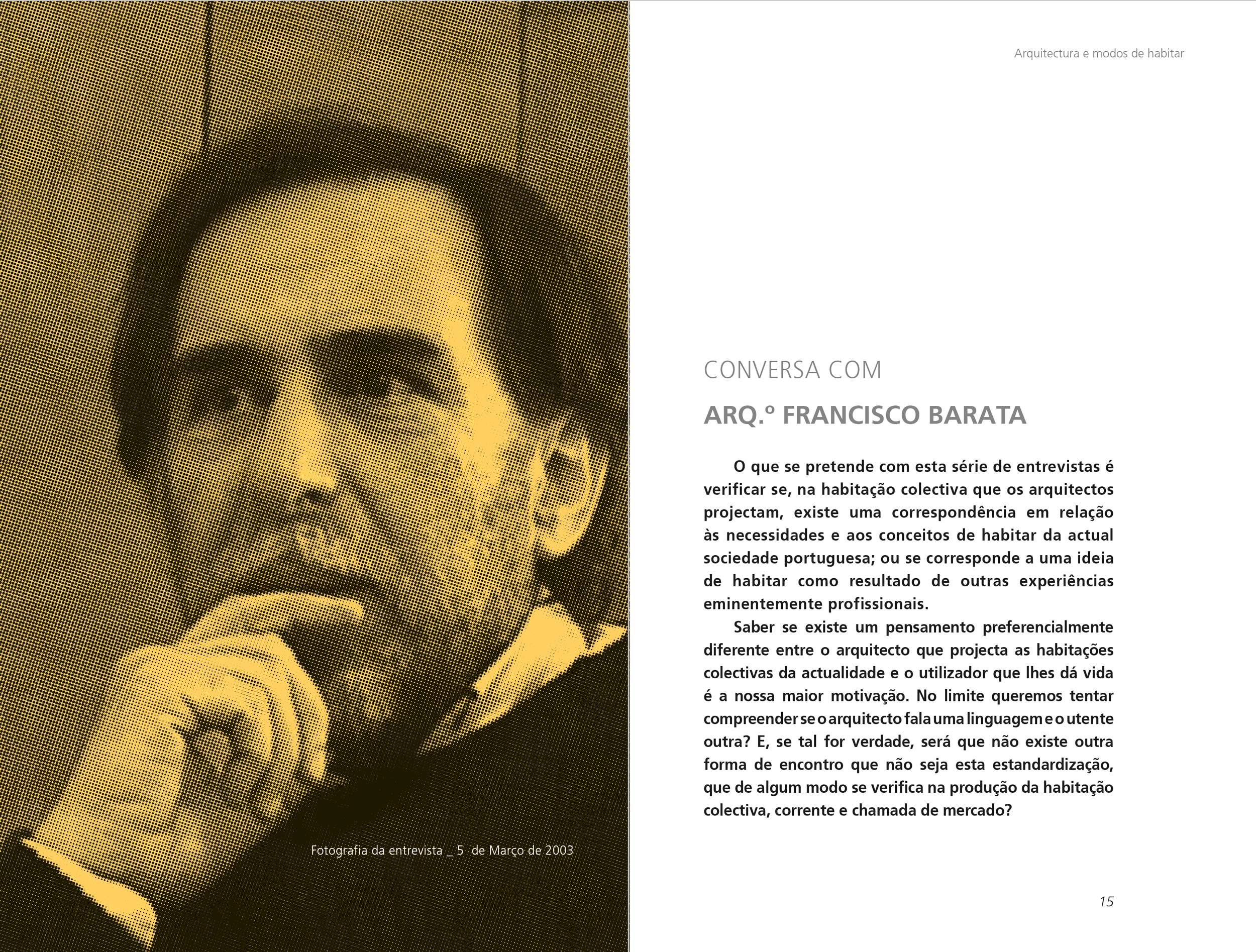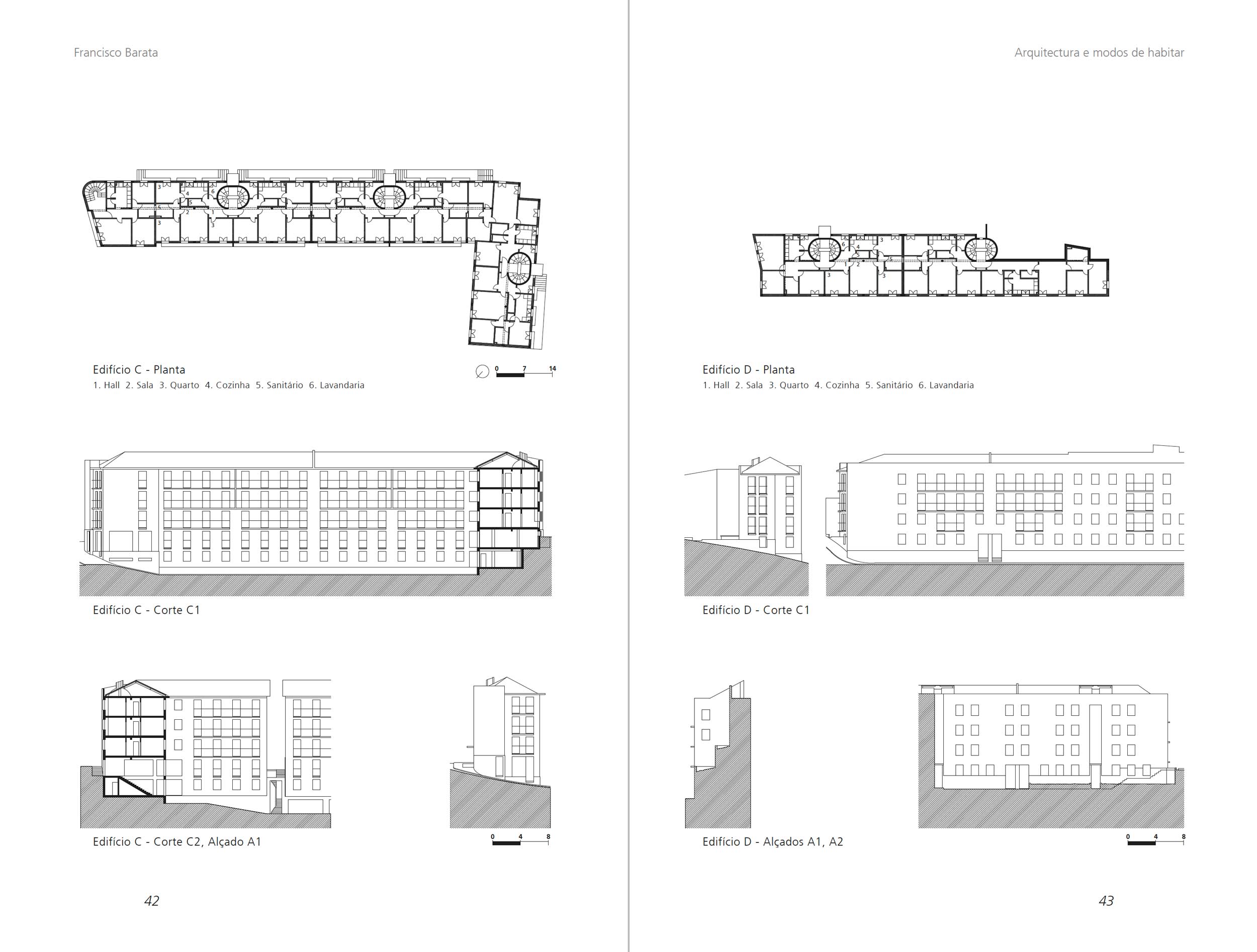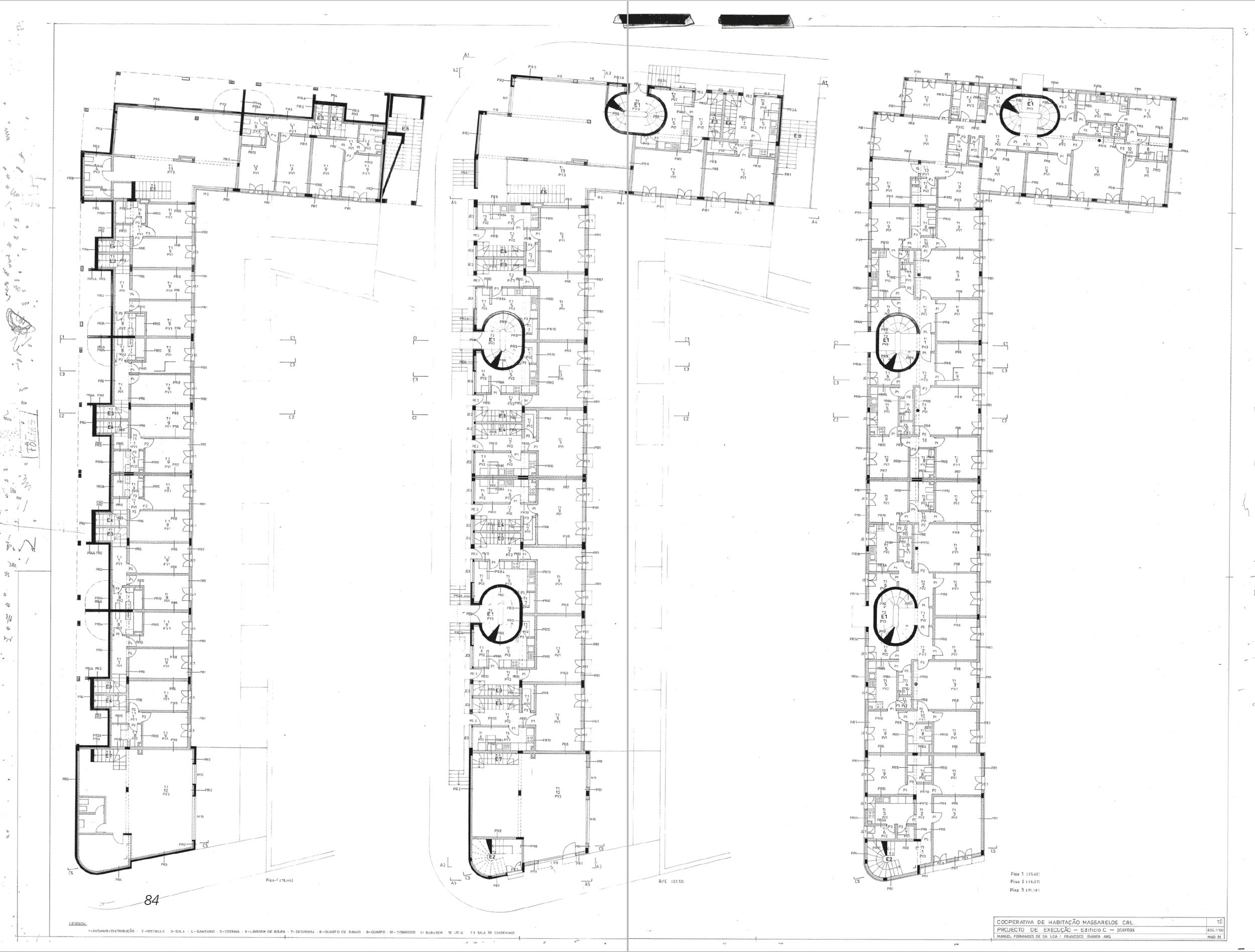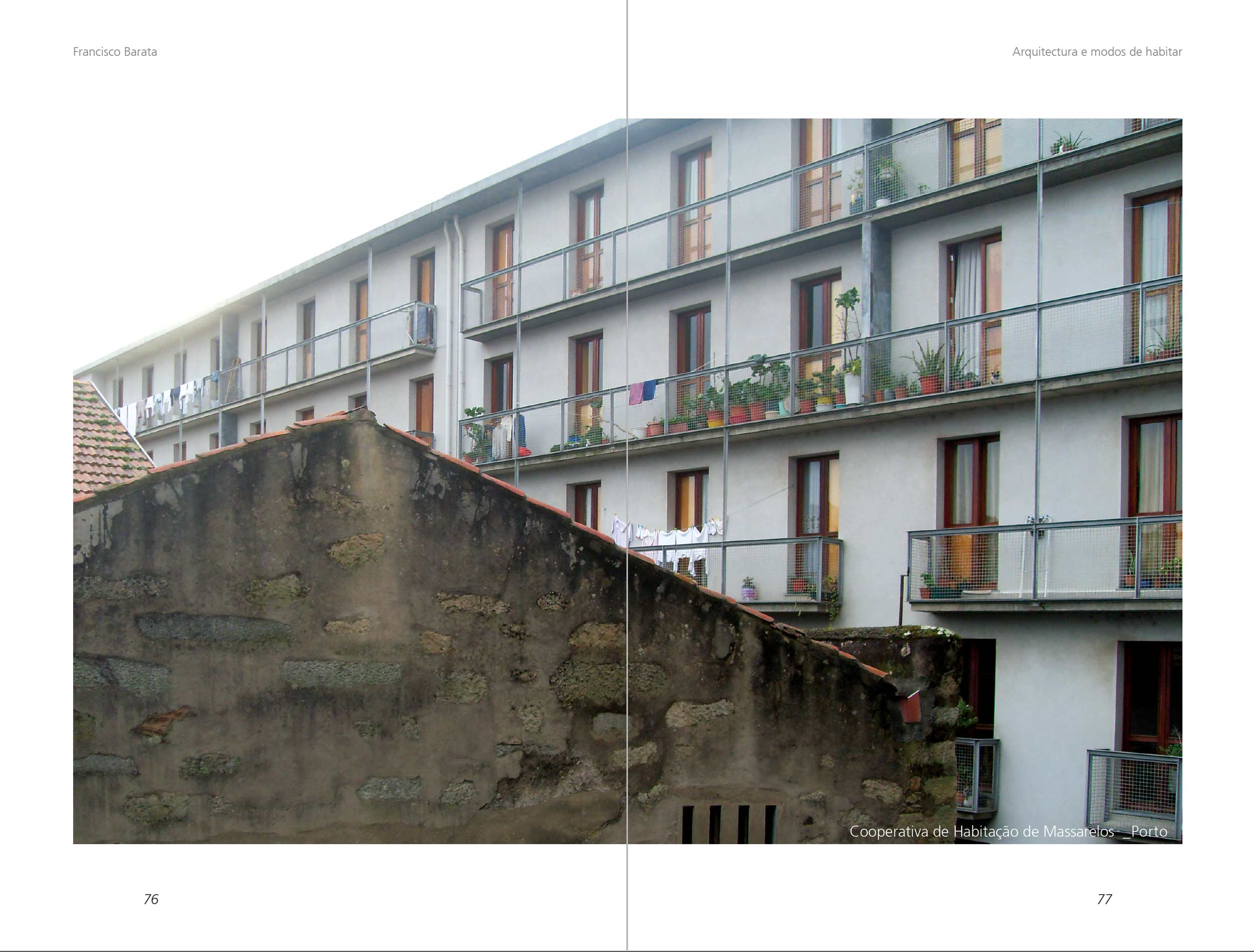ISBN
978-989-98808-7-0
Edition
CIAMH, FAUP
Year
2018
Number of pages
120
Dimension
14,5x22cm
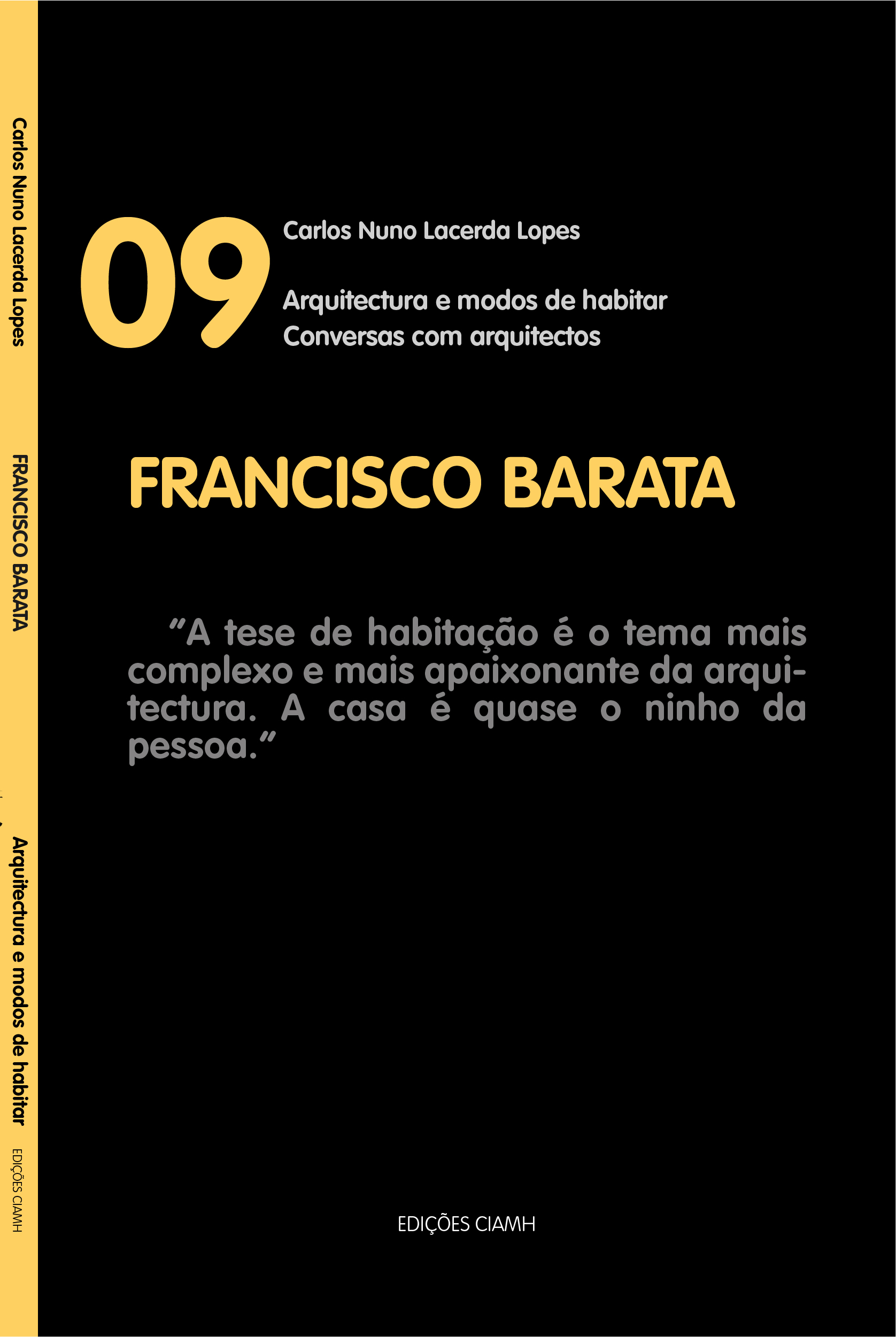
ISBN
978-989-98808-7-0
Edition
CIAMH, FAUP
Year
2018
Number of pages
120
Dimension
14,5x22cm
“This is a collection of interviews by architect Nuno Lacerda Lopes. They are conversations between architects of the School of Oporto where the process of building an ideal of architecture, profession, society and school is sought, based on a personal and open reflection and even clarify the theoretical and practical concerns as well as the circumstances that underlie Portuguese architecture today”.
Excerpt
“Good morning Francisco Barata, architect and professor with a wide experience in the various areas of architecture, teaching and design. Francisco Barata, was my professor in the second year of my course at this school, then School of Fine Arts of Oporto, the ESBAP. He has a very particular and interesting work, highlighting the collaboration with other architects. He was able to build a very diverse work, not only in terms of collective housing, but also with remarkable examples in the recovery and rehabilitation of buildings, design and intervention in the city, and the study and development of research work. In 1985, in Italy, he carried out research on the historical centres of contemporary cities and, in Oporto, he presented the thesis “Transformation and permanence in the housing of Oporto – the forms of the naforma house of the city” in 1996.
In this conversation, which I would like to thank in advance, I would like to focus essentially on your experience as an architect linked to collective housing, but also on the study and research you have carried out and been developing on this subject. In a more specific way, I would like to approach and discuss the project of the Massarelos housing block that you designed with Manuel Fernandes de Sá.
I would start by asking you what your education was like? When did you finish the course? How was the period of adaptation to the profession? And, in that return, how was your training time and the beginning of your professional activity?
It has been many years. I was already working in the studio of the architect Távora since half of the course. Unless I was mistaken, in the third year I went to work for the studio of the architect Távora who had a very important role in my training, in how to face the project, in how to face the architect’s own activity.
The training at the school was very particular. The period I spent there, from 69/70 to 75, was a period of successive pedagogical experiences, very rich on many aspects of learning, but with great gaps in other aspects, for example, in drawing. Just the other day I was thinking that the architects of my generation are those who never had drawing in the first two years; neither did they have the conventional drawing that was taught at school based on statue drawing. I would even say that we took a course without Drawing discipline. Therefore, all the drawing that was produced was always on project. As even the development of the project itself was experimental in pedagogical terms, we too, over the six years of the course, had a very unusual project process in relation to what developed later in the year after mine”.
